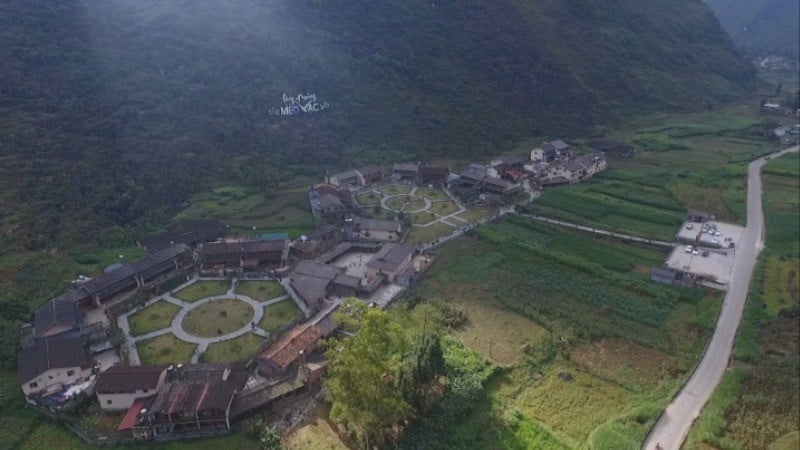
Currently, the entire village has 19 households participating in the community tourism model. According to Mr. Nung Thanh San, owner of the Meo Vac Ethnic homestay, he started learning how to use social networks, filming, editing and posting videos introducing Hmong culture.
After the digital transformation training courses organized by the locality, he proactively self-studied more through YouTube, learned how to write content, and chose topics to share on his personal page. Mr. San and other tourism households in the village proactively promoted customs, culture, and tourism products to visitors from all over.
Mr. Chu Minh Quang, Deputy Director of the Meo Vac Regional Center for Culture, Information and Tourism; Head of the Management Board of the H'Mong Ethnic Community Cultural Tourism Village said: “The number of visitors to the village through online channels has been increasing in recent years, reaching more than 51,000 in the first six months of 2025 alone, including more than 12,500 foreign visitors; estimated revenue reached more than 15 billion VND. We have coordinated with agencies, businesses and social organizations, organized many training courses for people, instructed on how to use technology, interacted with visitors via social networks to introduce regional tourism products”.
Mr. Hoang Van Hung, Chairman of the People's Committee of Meo Vac commune, said: The local government always accompanies and encourages people to learn how to use social networks to promote products and cultural beauty of the nation and village.
Similarly, Ban Lien commune (Lao Cai province) is a highland tourism model that is attracting visitors thanks to digital transformation. Mr. Vang A Binh is one of the pioneers in tourism here. With the support of local authorities and the Center for Rural Economic Development (CRED), since 2020, he has boldly invested in building Binh Ban Lien homestay, designed in the traditional stilt house architecture, which can accommodate 15 guests at a time.
Since 2023, Ban Lien commune has had phone and internet signals. Mr. Vang A Binh started learning how to use social networks, building a personal page to post vivid images of the village. Thanks to that, Ban Lien tourism images are closer to visitors.
From Mr. Binh's model, many people in the commune have also gradually approached digital platforms, spreading national cultural values and attracting tourists. Mr. Nguyen Huu Trung, Chairman of Bac Ha Tourism Club (Lao Cai), commented: "At places like Ban Lien, the application of technology has contributed to changing the mindset and raising awareness of tourism business of the highland people. The image of the destination becomes more attractive, thanks to being conveyed authentically through the stories and perspectives of the local people."
To support the development of highland tourism, the Vietnam National Administration of Tourism has stepped up promotion on digital media channels. The experiences of international tourists when exploring the routes, markets, and highland festivals are widely shared on social networks, creating a great influence.
According to Director Nguyen Trung Khanh, thanks to social networks, homestay households can create their own fanpages, receive bookings, and respond to guests without spending much money, creating closeness and friendliness. Social networks also contribute to promoting the spirit of creative entrepreneurship in the community, when many young ethnic minorities have confidently livestreamed to introduce local specialties and culture.
Many local tourism establishments have taken advantage of social media to promote their products, services and tourism activities. However, to develop sustainably, comply with laws and social norms, there needs to be guidance and training on communication skills and responsible use of social media for the people.
Source: https://nhandan.vn/tao-khoi-sac-cho-du-lich-vung-cao-post892507.html



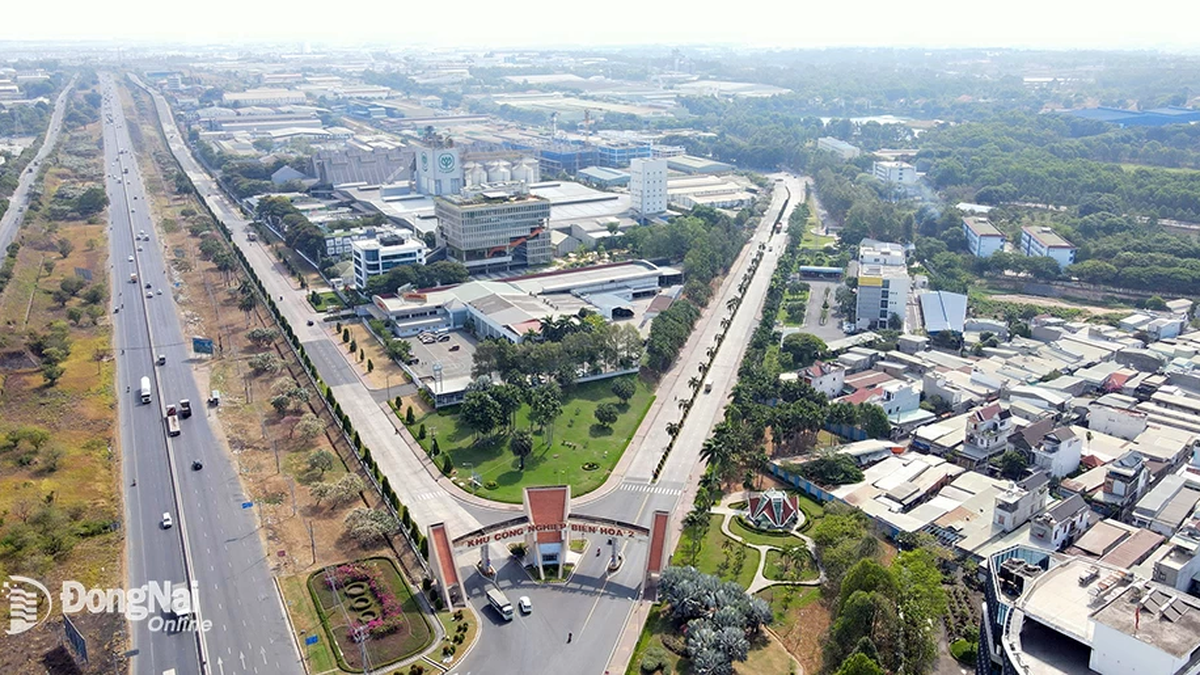



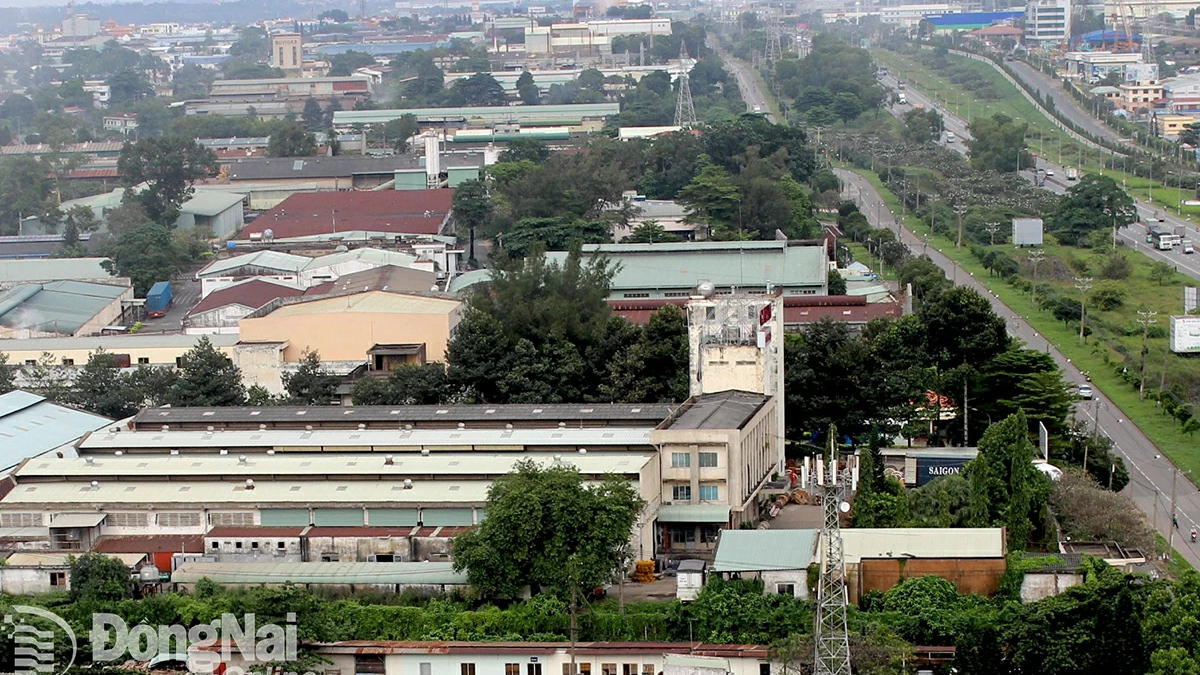

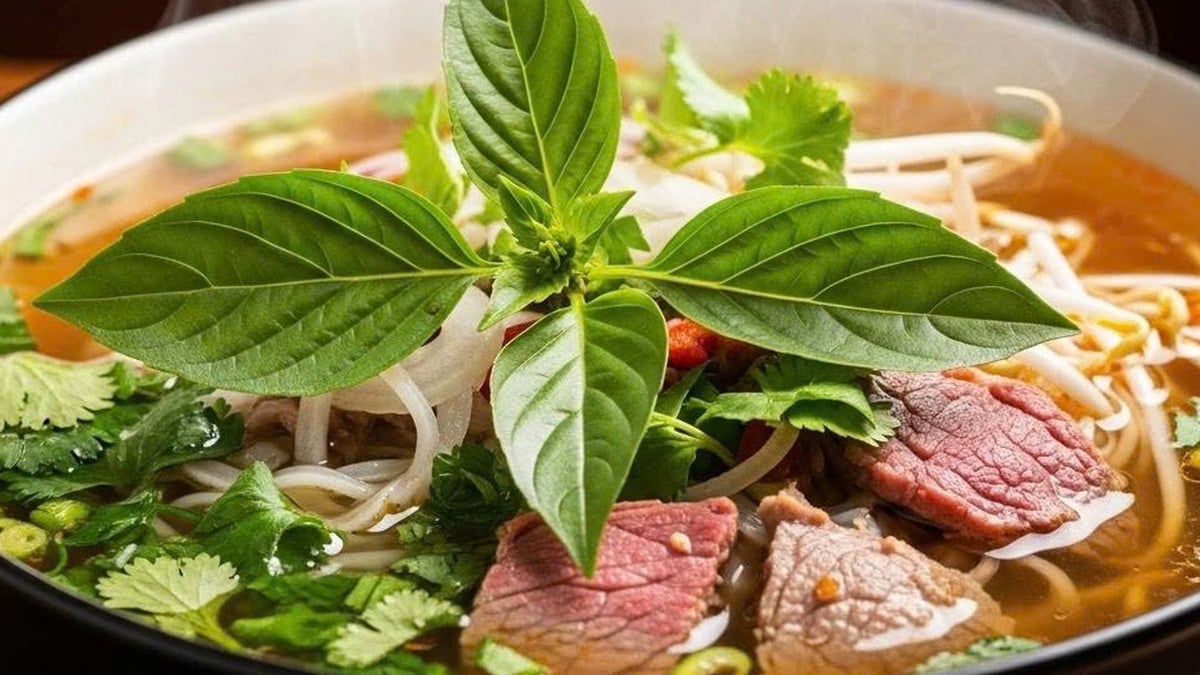
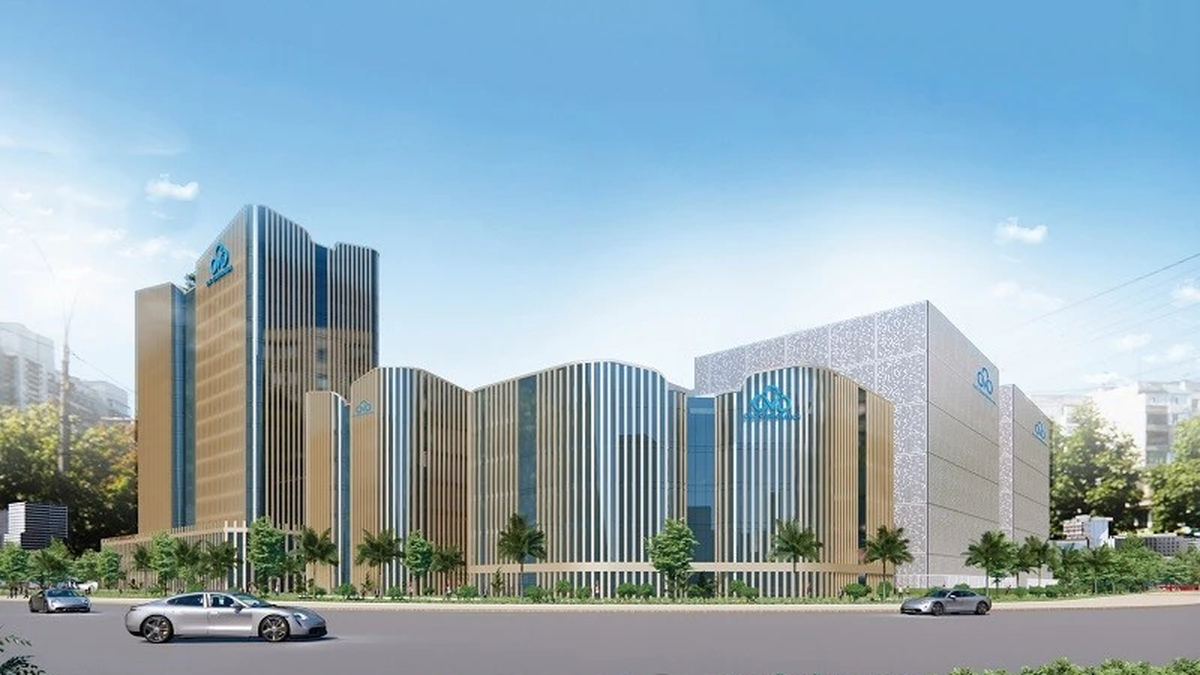



















































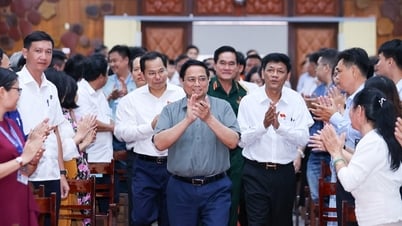


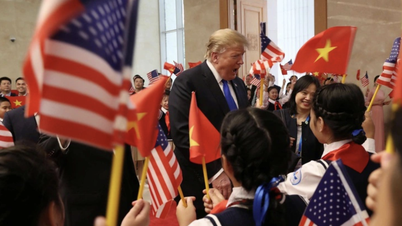
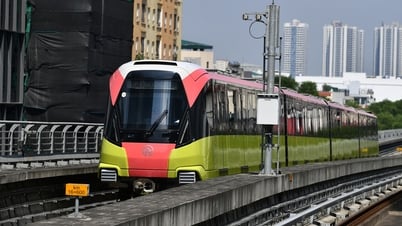
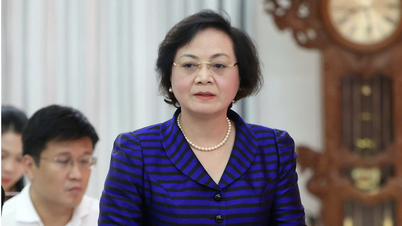
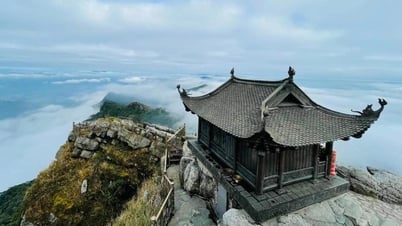
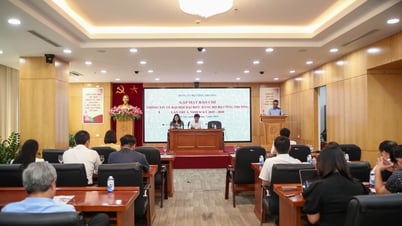

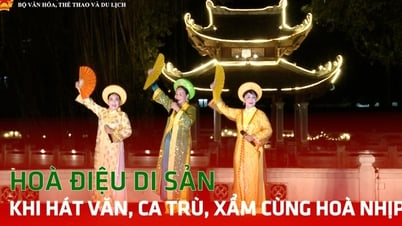




























Comment (0)